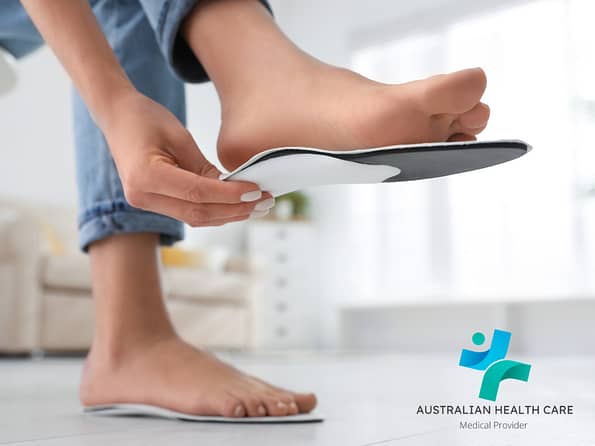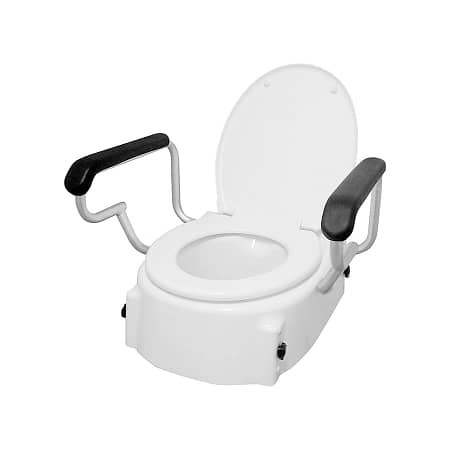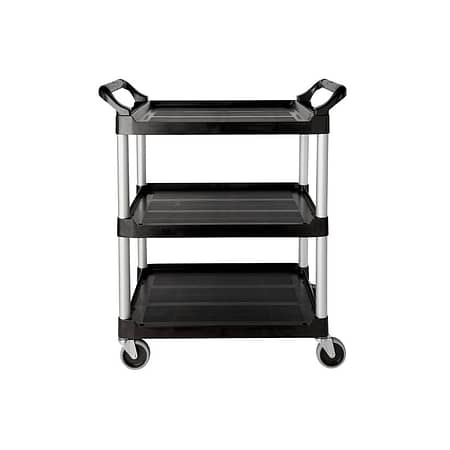Stepping into Comfort: The Role of Shoe Inserts and Insoles
In the quest for foot comfort and health, understanding the critical role of shoe inserts and insoles is paramount. These small yet impactful devices are more than just cushioning elements; they are essential tools in addressing a range of foot problems. When considering the common foot ailments like arch pain, flat feet, and plantar fasciitis, the significance of proper foot support cannot be overstated.
- Arch Pain: Often a result of strain or inflammation, arch pain can make everyday activities challenging. It’s frequently experienced by people with both high and low arches and can be a precursor to more serious conditions.
- Flat Feet: This condition is characterized by the collapse of the arch, leading to potential pain and imbalance. Flat feet can affect the alignment of the entire body, causing a ripple effect of discomfort.
- Plantar Fasciitis: A common cause of heel pain, plantar fasciitis involves inflammation of the plantar fascia, a thick band of tissue that runs across the bottom of the foot. It’s often most painful during the first steps after waking up.
By evenly distributing pressure across the foot, reducing stress on key areas, and correcting misalignments, shoe inserts and insoles play a crucial role in not just alleviating immediate discomfort but also in preventing long-term foot health issues.
Arch Pain: Causes and Relief Through Insoles
Dealing with arch pain requires an understanding of its causes and effective solutions.
- Symptoms and Causes: This type of pain often manifests as a sharp, aching sensation in the foot’s arch, triggered by prolonged standing, walking, or wearing unsuitable footwear.
- Choosing the Right Insoles: Selecting insoles for arch support involves considering factors like arch height and material firmness. The right insole will provide a stable base, distribute pressure evenly, and reduce strain on the arch, thus offering relief and preventing further injury.
Flat Feet Fundamentals: Identifying and Managing with Shoe Inserts

Managing flat feet effectively hinges on recognizing the condition and using the right support tools.
- Symptoms and Impact: Flat feet are marked by the entire sole touching the ground, leading to potential discomfort and imbalance. This condition can affect walking patterns and overall posture.
- Insole Selection for Flat Feet: The ideal inserts for managing flat feet should offer structured arch support, a deep heel cup for stability, and be made of materials that cater to the individual’s specific needs—whether that’s cushioning for comfort or firm support for stability.
Plantar Fasciitis: A Closer Look at Causes and Insole Solutions
Plantar fasciitis is a prevalent foot issue, especially among certain demographics.
- Understanding the Condition: It typically presents as a sharp pain in the heel, often most intense with the first steps in the morning or after resting. Causes range from repetitive strain to improper footwear.
- Effective Insole Use: Insoles for plantar fasciitis should focus on relieving heel pressure and providing firm arch support to minimize the stretching of the plantar fascia. In severe cases, custom-designed orthotics might be necessary for targeted support and relief.
Choosing the Right Insoles: A Buyer’s Guide
Making an informed decision when selecting shoe inserts or insoles is crucial for effective relief and prevention of foot problems. This comprehensive guide will assist you in understanding the key factors to consider, ensuring you find the perfect match for your feet.
- Understanding Foot Arch Types: Everyone’s feet are unique, and understanding your arch type (high, medium, or low) is the first step. This knowledge will guide you in selecting insoles that provide the right level of support for your specific arch.
- Material Matters: Insoles come in various materials, each offering different benefits.
- Foam: Great for cushioning and pressure relief, ideal for general comfort and everyday wear.
- Gel: Provides excellent shock absorption, suitable for high-impact activities.
- Cork: Offers a good balance of cushioning and support, molds to the foot over time for a custom fit.
- Leather: Known for its durability and firm support, often used in dress shoes for a sleeker profile.
- Insole Type and Specific Features:
- Full-Length vs 3/4-Length: Full-length insoles replace your existing shoe insoles and are great for overall support, while 3/4-length insoles allow more room in the toe area and can be easier to fit into different shoes.
- Heel Cups and Metatarsal Pads: Heel cups provide extra cushioning and support for the heel, beneficial for plantar fasciitis. Metatarsal pads support the ball of the foot, helpful for conditions like metatarsalgia.
- Fit and Sizing: Getting the right fit is essential. Some insoles come in a one-size-fits-all format that you trim to fit, while others are sized to shoe sizes. Ensure that the insole fits snugly in your shoe without crowding your toes or allowing too much movement.
- Activity Considerations: The insole choice should match your lifestyle and activities. Athletes might need more shock absorption, whereas those on their feet all day might prioritize comfort and arch support.
- Breaking In Your Insoles: When you first get your insoles, give your feet time to adjust. Start by wearing them for a few hours a day and gradually increase until they feel comfortable all day.
- Lifespan and Maintenance: Regularly check your insoles for signs of wear and tear. Most insoles need replacing every 6-12 months, depending on usage. Cleaning them periodically according to the manufacturer’s instructions will also prolong their life.
Beyond Insoles: Additional Foot Care Tips

While insoles are a significant step towards foot health, additional practices can further enhance foot comfort and prevent problems.
- Stretching and Strengthening Exercises: Regular exercises that stretch and strengthen the foot muscles can improve flexibility, reduce pain, and prevent injuries.
- Proper Footwear: Wearing shoes that fit well and provide adequate support is just as important as choosing the right insoles. Avoid high heels and tight shoes that can exacerbate foot problems.
- Hygiene and Moisture Management: Keeping feet clean and dry helps prevent fungal infections and skin irritation. Moisture-wicking socks and breathable shoes are beneficial.
- Regular Foot Check-Ups: Especially for those with diabetes or circulation issues, regular check-ups with a podiatrist can help catch and address problems early.
Your Path to Pain-Free Walking: Embracing the Right Foot Care Approach
In summary, the journey to foot comfort and health involves more than just addressing immediate pain; it’s about adopting a holistic approach to foot care. From selecting the right insoles and shoes to incorporating foot exercises and regular check-ups, each element plays a vital role in maintaining healthy feet.
- Embrace the comprehensive approach to foot care by considering not only insoles but also your lifestyle, footwear choices, and overall foot health practices.
- Remember, your feet carry you through life’s journey. Investing in their health is not just a matter of comfort, but a step towards enhanced overall well-being.





















